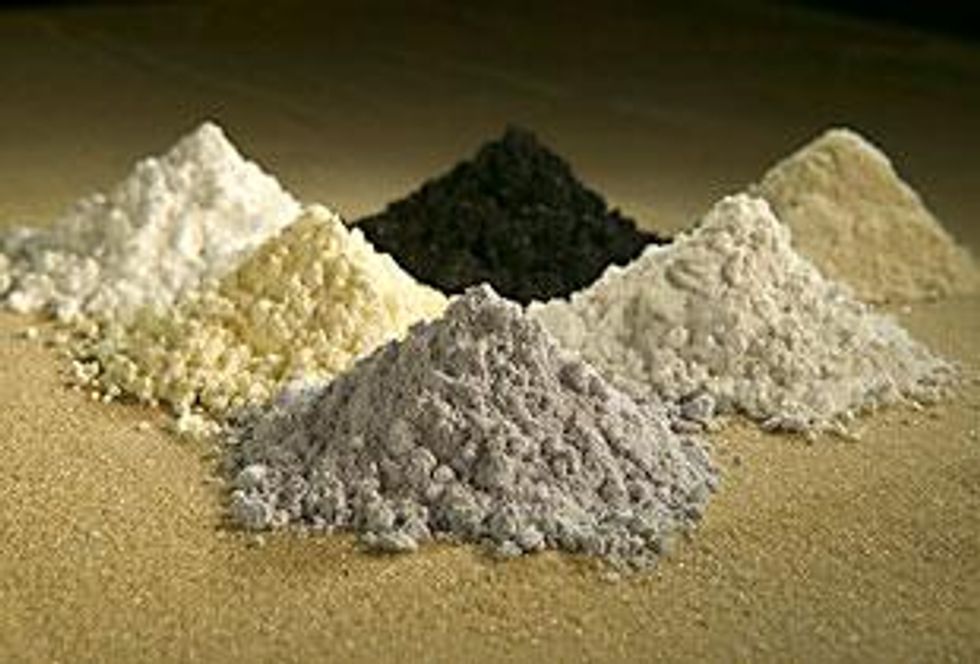Understanding the rare earth markets can be as confusing as pronouncing the various names of the metals. Made up of 17 different elements, ‘rare earths’ are not actually all that rare in the earths crust. However, the economic viability of the processing of ore make them one of the least mined substances in the world. Understanding the different elements and their uses is essential for taking advantage of this growing market.
By Michael Montgomery—Exclusive to Rare Earth Investing News
The world of rare earth elements can be confusing to the average investor. REEs are made up of 17 different elements on the periodic table, with markets as difficult to understand as the pronunciation of their individual names. Neodymium, Dysprosium, Ytterbium, and Praseodymium, are just a few metals in this dynamic market. With the recent reduction of export quotas from China, the prices for not only the metals, but the products that they are used in will undoubtedly climb until new sources are found, and mined.The uses for these elements range from hybrid vehicle technology and wind turbines, to guidance systems for some of the most advanced military technology. The better an investor can understand the individual metals, and their uses, they better their ability to capitalize on each unique opportunity as it arises. This is a guide to understanding the various metals inside the rare earth market.
Neodymium
Neodymium’s main application is for high strength magnets. Neodymium magnets are the strongest permanent magnets known. These magnets are used in a wide variety of products such as microphones and speaker systems where low mass, small volume and strong magnetic fields are needed. For larger industrial use, neodymium magnets are used in high power electric motors such as those found in hybrid and electrical vehicles. Each motor requires approximately 1 kilogram of neodymium. Also, the magnets are used in electrical generation in numerous new renewable energy technologies such as wind turbines, a market that is set for large growth through at least the next decade. In this application, about one ton of neodymium is needed for every megawatt of generating capacity from a wind turbine. This material is also used to color glass,and mainly used for infrared emitting lasers.
Dysprosium
Dysprosium is often used along with vanadium and other elements in the manufacturing of laser materials. The elements high thermal neutron absorption cross-secti0n it is ideal for making neutron-absorbing control rods in nuclear reactors. It’s high susceptibility to magnetization makes it ideal for use in various data storage applications including hard disks.
The dysprosium magnets are used in hybrid cars. “As much as 6% of this alloy may be dysprosium metal (substituted for neodymium). This amounts to over 100 gm of dysprosium oxide for each motor, which means that hybrid electric vehicles alone will require over 200 mT of dysprosium oxide by 2010, based upon Toyota’s projected 2 million units per year…the requirement for dysprosium from a few very demanding applications such as this will exhaust most of the available supply,” according to a study by Dr. Peter Campbell.
While China currently controls over 95 percent of the complete rare earth market, almost 100 percent of the dysprosium and terbium market comes from China currently. However, there are a few projects in the very early, exploratory phases in North America, and Australia.
Lanthanum
Lanthanum is used mainly in nickel-metal hydride batteries, and other battery systems like lithium-ion batteries that are used in almost every handheld electronic device. “Every ToyotaPrius [and similar hybrid vehicle] on the road uses one kilogram of neodymium and nearly 30 pounds of lanthanum in its lithium battery,” reported Aaron Levit, for Investopedia.
The metal is also used in a wide variety of industrial lighting applications, which consumes a large proportion of the material. Various oxides and compounds of lanthanum are used in a wide variety of products such as semiconductors and the production of carbon nano-tubes, which are some of the strongest and lightest compounds known to science; use of such materials, however, is still far off.
Terbium
Terbium is a critical ingredient in Compact Florescent Light (CFL) bulbs, which are taking over the standard light for almost all consumer applications for their low energy consumption. The use of terbium in CFL bulbs is by far the largest use of the metal worldwide. The metal is also used in naval SONAR systems.
These are just 4 of the most common rare earth elements. Look for more updates in the future on Rare Earth Investing News.
